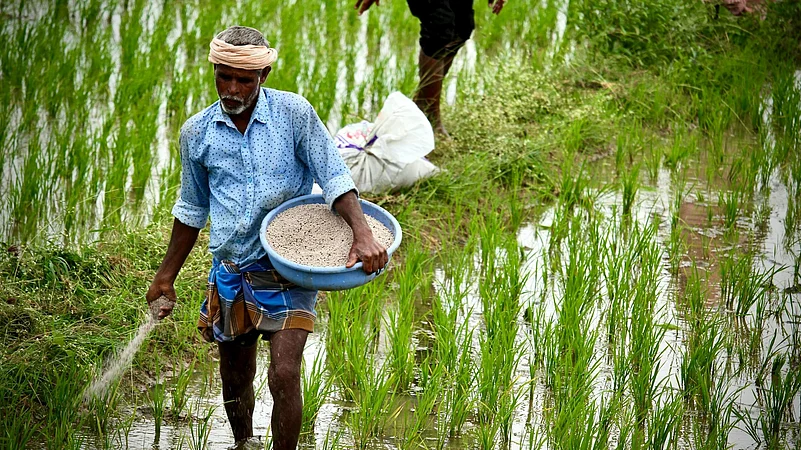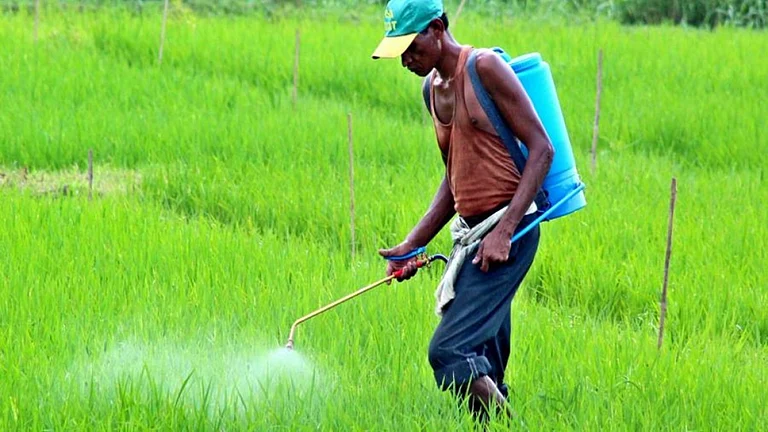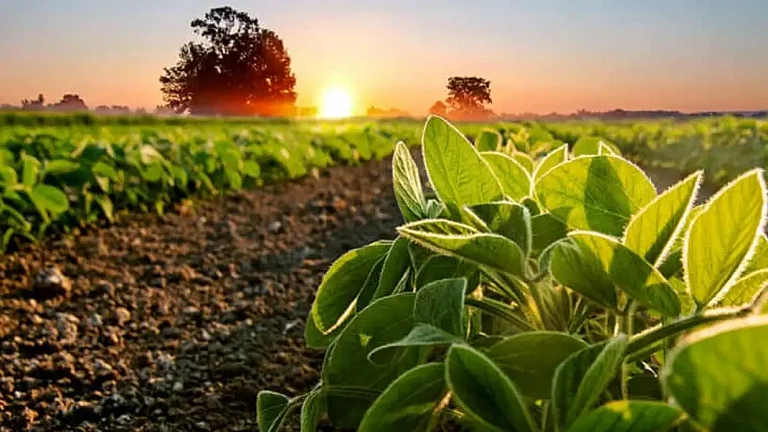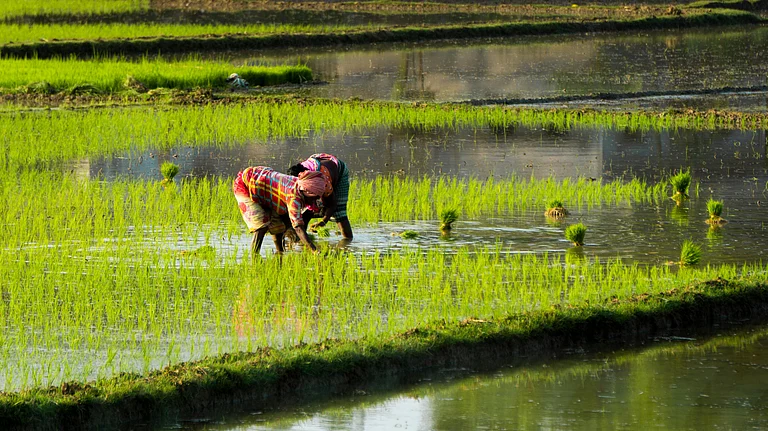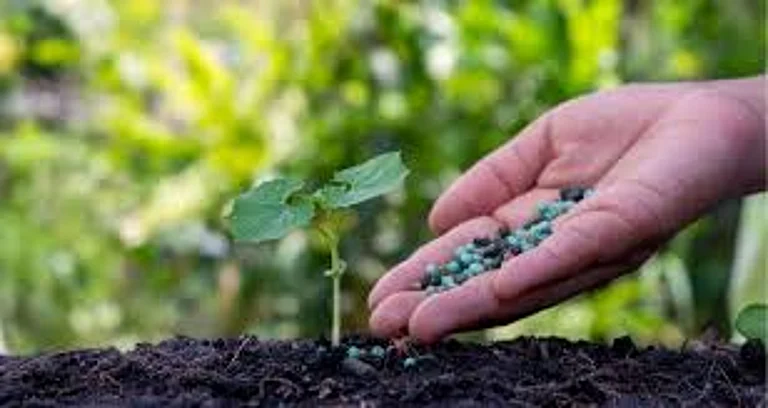Commerce and industry minister Piyush Goyal, while addressing the ICC: Krishi Vikram Thematic Session in New Delhi on July 9, emphasised on building a resilient supply chain across agriculture in the face of external disruptions. From seeds to fertilisers, insecticides and pesticides to farm equipment such as water pumps, Goyal highlighted the need produce these goods here to shield India from any global disruption and make the country self-reliant across all aspects of farm inputs.
He urged fertiliser producers to diversify their sources and invest in long-term supply partnerships with other mineral-rich countries. “The government is committed to supporting industries in identifying alternative global sources and promoting indigenous capabilities,” he said, according to Mint.
This minister’s comments come after China recently cut exports of raw materials needed for fertiliser production in the country.
Since India is primarily an agrarian economy, it employs the largest number of people in the country. However, insufficient soil nutrients due to disrupted fertiliser supplies could impact crop yields, hit rural incomes, and weigh on the broader economy, according to Abhash Kumar, a trade economist cited by Mint.
China has stopped the shipments of specialty fertilisers to India for April and May, according to reports. Those fertilisers are instrumental in boosting yields of vegetables, fruits and other high-value crops. However, their limited supply threatens India’s agricultural output and food security that could escalate tensions between the two nations and cause a ripple effect across the agricultural sector.
It is in that backdrop that India is looking to diversify its sources of fertiliser supply.
Source of India's Fertilisers
As nearly 80% of India’s specialty fertiliser is imported from China, the supply disruption has caused a stir in the industry. Rajib Chakraborty, president of the Soluble Fertilizer Industry Association (SFIA) told ET that Chinese authorities have not officially curbed their exports to India but are blocking them through procedural delays.
“It’s a soft blockade, China has been restricting supplies for four to five years, but this time it’s a total freeze,” Chakraborty said.
India is the largest importer of Diammonium Phospate (DAP)—the second-most used fertiliser in the country after urea—in the world. China has been the top exporter of DAP to India. At present, nearly 60% of the DAP availability—crucial for high-value horticultural crops like fruits and vegetables—is met by the imported supplies.
Impact on Kharif Sowing
In the current Kharif season (June to October), DAP stock in India on June 1, 2025, was recorded at 12.4 lakh tonnes, compared to 21.6 lakh tonnes on June 1, 2024, and 33.2 lakh tonnes in June 2023. These figures clearly indicate that fertiliser companies are importing less DAP and fewer raw materials like phosphoric acid and rock phosphate. India’s import dependence for DAP is nearly 100%, according to Rural Voice.
Farmers primarily use DAP during sowing or transplanting as it plays a crucial role in strengthening plant roots and promoting initial growth. This is why its availability at the beginning of the season is critical. As the kharif season just started in June, the shortage of DAP and specialty fertilisers is bound to pinch Indian farmers.
Industry sources reveal that due to the current shortage, farmers are paying higher prices—ranging from ₹1,700 to ₹1,800 per bag—in many places. Meanwhile, Goyal said that the government has prevented a rise in fertiliser costs by significantly expanding subsidies.
Demand-Supply Gap
In a written reply to Lok Sabha in February 2025, Minister of State for Chemicals and Fertilisers, Anupriya Patel shared that the requirement of DAP during 2023-24 was 110.18 lakh tones, while the domestic DAP production for the period stood at 42.96 lakh tonnes, according to PTI.
The demand-supply gap in DAP requirement was met through imports and existing stocks. In 2024-2025, the DAP output was estimated at 40.15 lakh tones, while the country saw production of 31.5 lakh tonnes till December of the fiscal year.
Diversifying at a Cost
Another ET report revealed that due to halted specialty fertiliser exports to India for two months now, Indian companies have started reaching out to Europe, Russia and West Asia to import raw materials for manufacturing specialised fertilizers, but at higher prices. Insiders told ET that China was earlier preferred for imports due to higher availability, affordable prices and shorter sailing time.






